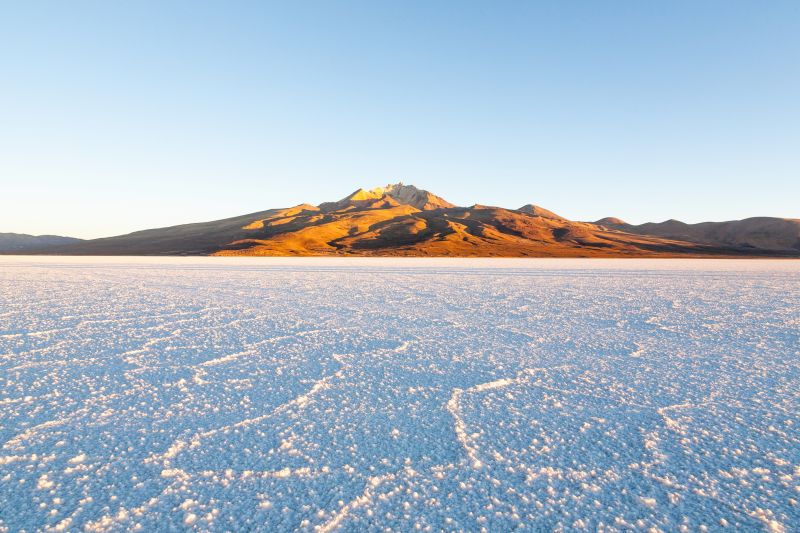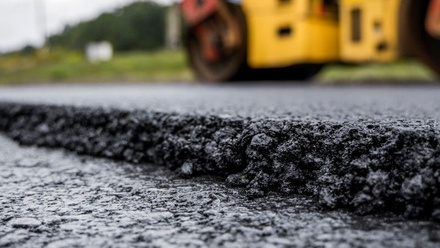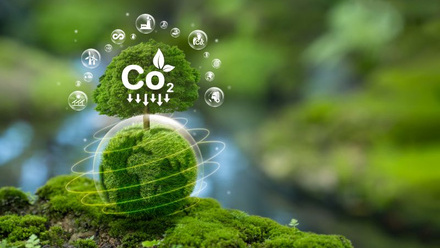Examining the environmental effects of mining the world's largest lithium deposit
Chemical analysis has been carried out of wastewater associated with mining lithium brine in Bolivian salt flats.

The findings from Duke University, USA, could inform strategies to manage future mining operations more sustainably.
The Salar de Uyuni, the largest global lithium deposit, stretches for thousands of square miles on the Andean plateau in Bolivia.
Samples from a pilot mine site included natural brine pumped from underground, brine from eight evaporation ponds and wastewater from the lithium processing facility.
In the natural brine samples, arsenic levels were between one and nine parts per million, as well as relatively neutral acidity.
In comparison, evaporation pond brine became increasingly acidic as it became more concentrated and increased from pond to pond. The last pond revealed levels at nearly 50ppm – about 1,400 times higher than ecologically acceptable by the US Environmental Protection Agency.
Levels of boron also increased from evaporation pond to evaporation pond. However, wastewater from the lithium processing plant showed boron and arsenic levels similar to, and in some cases lower than, found in natural brines.
The researchers also investigated the repercussions of taking spent brine from lithium processing and injecting it back into the lithium deposits and found undesirable consequences.
Research also shows long-term mining of lithium brines in other salt pans in Chile can cause groundwater levels to decline and land to subside, or sink.







